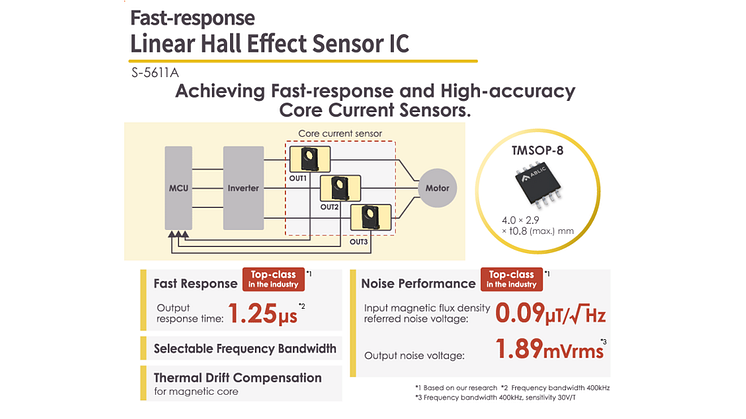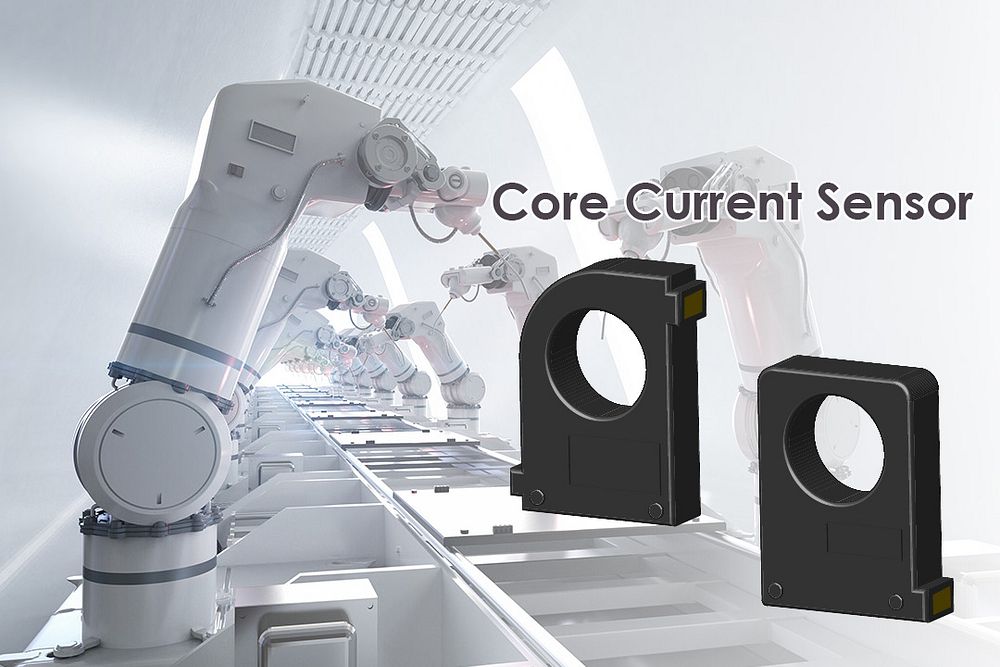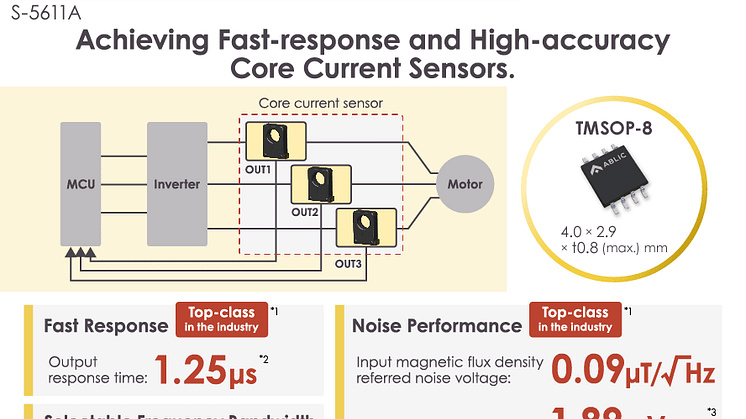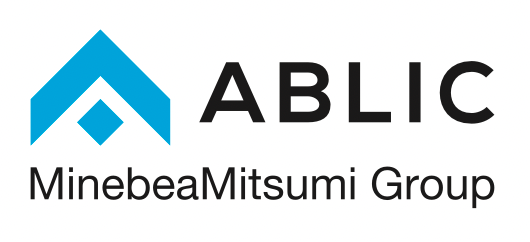
News -
<Topics> Evolution of Core Current Sensors: Advances in Linear Hall Effect Sensor IC Technology
Current sensing technology continues to evolve rapidly, driven by increasing demands across diverse industrial applications. Current sensors can be classified into three main types: magnetic core-based, coreless magnetic sensors, and shunt resistor-based solutions, each serving different operating environments and performance requirements.
Magnetic current sensors are non-contact devices that measure current by detecting the magnetic fields generated by current flow. These sensors utilize Linear Hall effect Sensor ICs or other magnetic sensors for field detection. In particular, magnetic core-based current sensors have become essential in applications requiring precise measurement of high currents ranging from hundreds to thousands of amperes, such as photovoltaic systems, UPS systems, and industrial machine tools.
In core-based current sensors, a magnetic sensor IC positioned in the gap of a magnetic core measures the magnetic fields generated by current flowing through the conductor. This approach offers the advantage of minimizing power loss by maintaining low resistance in the current path. However, the use of a magnetic core introduces challenges, including increased costs and larger mounting area requirements.
Core current sensor module manufacturers face several technical challenges: detection delay affecting system response times, noise limiting measurement precision, and magnetic core temperature variations requiring complex compensation mechanisms such as arithmetic processing with a microcontroller.

Response Time and Noise Performance in Linear Hall Effect Sensor ICs
Recent developments in Linear Hall Effect Sensor ICs have enabled microsecond-range response times, including ABLIC’s S-5611A Linear Hall Effect Sensor IC reaching 1.25 microseconds. This advancement enables current measurement in high-frequency switching applications commonly found in modern industrial systems.
In terms of noise performance, these ICs can achieve input magnetic flux density referred noise voltage levels around 0.09μT/√Hz typical. Such noise characteristics support precise current measurements in applications requiring accurate current control for system efficiency and reliability.
These ICs incorporate adaptive performance features, including programmable frequency bandwidths (100kHz to 400kHz) and magnetic sensitivity adjustments (6 to 180 V/T with 0.3% step resolution). This allows engineers to optimize response time and noise performance for specific applications.
Temperature stability remains a critical factor in current sensing applications. Recent technological advances have integrated magnetic core temperature drift compensation directly into ICs, with compensation ranges typically spanning -500 to +500 ppm/°C. This integration reduces the need for complex compensation mechanisms while maintaining accuracy across operating temperature ranges.
Advancing Core Current Sensor Technology
These technological developments in Linear Hall Effect Sensor ICs offer enhanced capabilities for core current sensor module manufacturers. By integrating temperature compensation and programmable parameters, manufacturers can now create simpler, more accurate and reliable designs optimized for diverse applications.
The ability to fine-tune sensor characteristics through programmable frequency bandwidth and sensitivity settings allows for flexible designs that can serve multiple application needs. As industrial applications continue to demand higher performance current sensing solutions, these advances in Linear Hall Effect Sensor IC technology provide module manufacturers with the tools to develop next-generation current sensing solutions.




